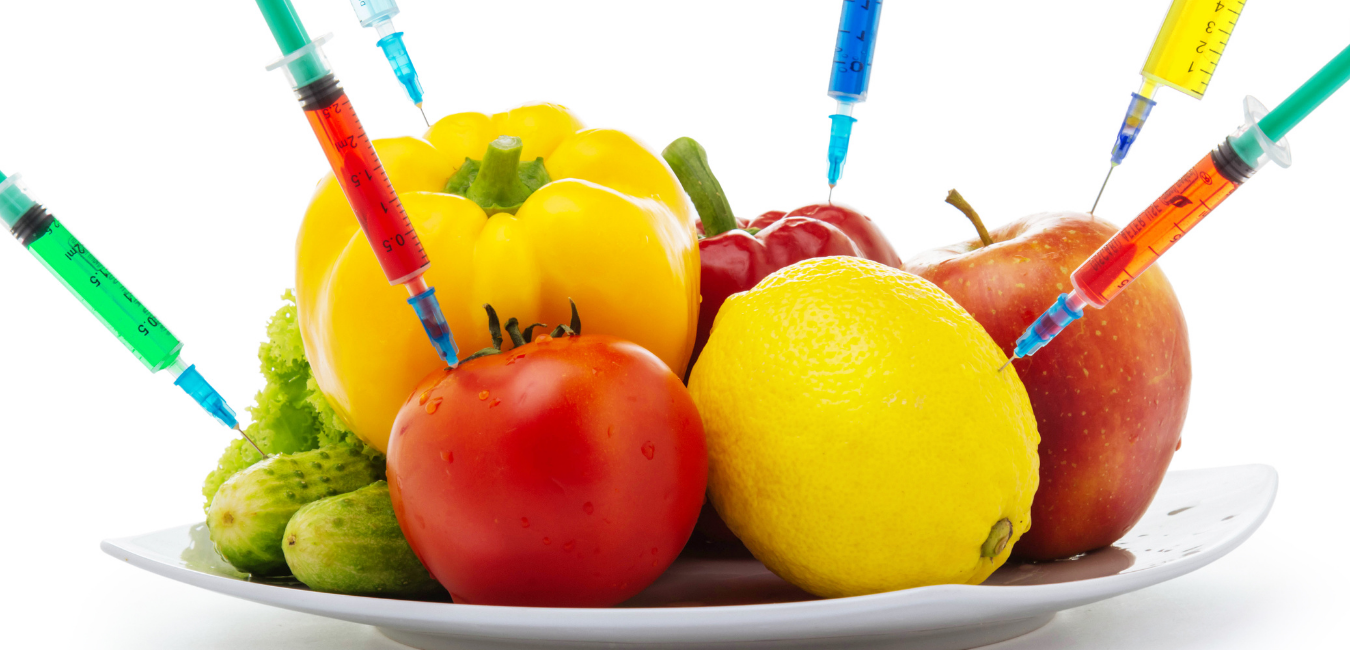It's alarming that packaged milk in India can be contaminated with various substances, including detergents, pesticides, and other chemicals

As humans, we have come to take certain things for granted, especially those that have a direct bearing on our daily lives. Hence when we speak of air and water pollution, it is the wherewithal to live with them rather than combat the ill-effects which has characterized modern day living.
New Delhi, for instance, has the poorest air quality among capital cities globally. Severe air quality problem is threatening the public health of the inhabitants. Besides the stubble-burning which significantly contributes to air-pollution in Delhi, the months-long spell of intense smog during winter only worsens the situation. Yet, Delhiites have adapted to living with pollution!
But should this be the response to the complex issue that threatens to snowball into a gargantuan problem in the coming years!
When it is said that any and everything is polluted, one is reminded about the widespread issue of environmental pollution. It is however the seemingly accepted nature of the problem that is deplorable.
It would not be wrong to state that in today’s world, ‘pollution’ is a byword. Environmental issues and their consequences are everyday topics of discussion in the media and public discourse, raising awareness about the problem of pollution. Moreover pollution is evident in various forms, such as smog, polluted waterways, and overflowing landfills, making it a visible and tangible issue.
Above and beyond the spiralling health concerns, the ever-escalating economic costs incurred while combating it and the global scale of the problem makes pollution a significant and pressing environmental challenge that affects the people and planet.
Just like pollution, it is interesting to note that ‘contamination’ has come to describe every aspect of modern day life. The pervasive nature of pollutants and contaminants in not only our environment, but everything that has to do with our way of life is an issue that deserves serious deliberations.
Contamination is the presence of undesirable substances where they should not be, while pollution is the introduction of contaminants that cause harm. Contamination can be natural or human-caused, but pollution generally implies a human source. All pollutants are contaminants, but not all contaminants are pollutants.
The recent ‘E.Coli’ contamination issue in the water supply in parts of Taleigao which prompted the temporary closure of the water supply in the peak summer time in those areas readily comes to one’s mind. The contamination is believed to stem from service connections or potential mixing of sewage water into the pipeline network.
It is argued that the ‘fresh’ quotient in green vegetables is susceptible to a variety of factors, including enzymatic reactions, microbial growth, and environmental conditions.
The use of fertilizers and pesticides in enhancing the crop yield is a widely accepted and common practice in modern agriculture considering that fertilizers provide the essential nutrients for plant growth, addressing soil nutrient deficiencies and promoting healthier crops.
Pesticides, on the other hand, protect crops from the myriad threats posed by pests, diseases, and weeds. (The role of fertilizers and pesticides in crop yield enhancement, Longdom Publishing SL)
However, it was shocking to read that fresh vegetables can become contaminated, reducing their freshness and potentially posing health risks.
This contamination can occur during various stages, from cultivation and harvest to storage and preparation. Possible sources of contamination include soil, irrigation water, manure, uncontrolled organic matter, and even cross-contamination during handling.
Other examples of contamination include agricultural runoff contaminating water sources with nitrates and emerging contaminants like microplastics in water and food.
In the wake of several doping allegations against athletes, reports of contamination in dietary supplements assumed an enormity of its own. A dietary supplement is a manufactured product intended to supplement a person’s diet with nutrients, such as vitamins, minerals, herbs, or other botanicals.
However, the use of unauthorized ingredients like stimulants, anabolic agents, or pharmaceuticals, besides the presence of heavy metals, pesticides, and other substances can contaminate supplements posing risk to consumers.
I have dwelt only on fresh fruits, vegetables, and dietary supplements to magnify the problem of contaminants. However, overwhelmed by the chaotic situation, we forget that we are living in the shadow of another imminent danger which portends a devastation of far-reaching consequences.
As a nefarious act which involves intentional addition of inferior or harmful substances to a product, often to increase its quantity or profit margin, ‘adulteration’ is a significant issue in modern society affecting various aspects of life. The matter of ‘Formalin-laced’ fish still haunts Goans!
Artificial-ripening of fruits using chemical agents has come to recent notice. Agents like calcium carbide are known to introduce harmful residues or modify the fruit’s chemical profile in unsafe ways, posing health risks.
While the use of spices and herbs are being preferred for their natural benefits, common adulterants like artificial colours, chalk powder, starch, sawdust, and even harmful substances like lead chromate or Sudan dyes, are making them hazardous for consumption.
The milk that we consume generally comes from cows, buffaloes, goats, and sheep. Moving away from the traditional milkman of the past, the modern generation has shown a strong preference for packaged milk available any time of the day or night.
It comes as an alarming disclosure that packaged milk in India can be contaminated with various substances, including detergents, pesticides, and other chemicals.
Milk adulteration rackets being busted every other day in places across the country indicate the flourishing of a trade that has never considered consumer health a priority. Some years back, a cancer-causing toxin was found in packaged milk in some parts of the country.
Other controversial practices like the use of growth hormones in chicken production give adulteration a new dimension. Beverages, pharmaceuticals, cosmetics and personal care, fuel and energy; the blight of adulteration is omnipresent across industries.
With all this pollution, contamination, and adulteration, how safe is man on his own planet!